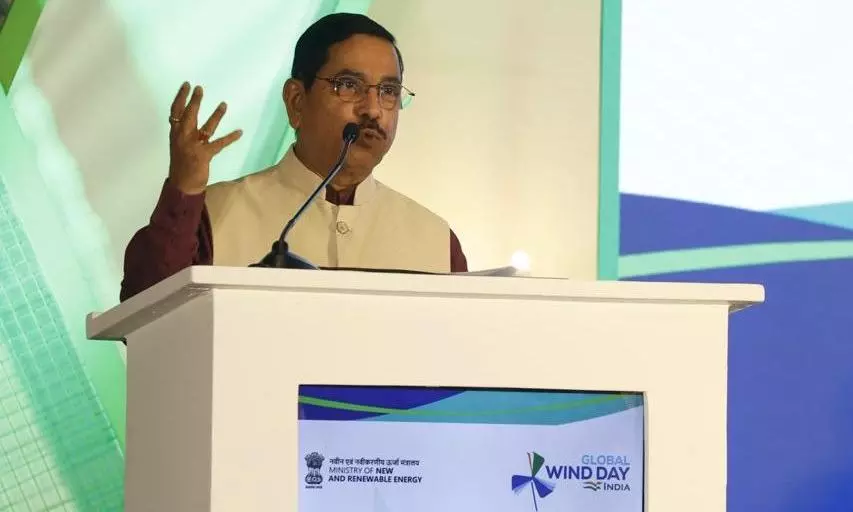Hybrid vehicles are gaining traction in the Indian market, and a look at the the sales figures makes this even more evident. With the changing market dynamics, mainstream OEMs are now planning to foray into the hybrid segment. The big news is coming from Mahindra & Mahindra. The home-grown automaker is exploring both strong hybrid and range-extender hybrid powertrains for its future product lineup.
Hybrid with 1.2L turbo-petrol engine:
Interestingly, Mahindra is considering to go hybrid with both its ICE (petrol/diesel-powered vehicles) and born-electric SUVs. While the ICE-powered SUVs might receive a conventional series-parallel hybrid system, the BEVs could adopt a range-extender hybrid configuration. The hybrid setup will be will offered only with a 1.2L, 3-cylinder turbocharged petrol engine.
Upcoming Mahindra hybrid SUVs:
As for the upcoming Mahindra hybrid SUVs, the carmaker is likely to introduce the XUV 3XO with a series-parallel hybrid powertrain by 2026. The newly-launched Mahindra BE 6 and XEV 9e electric SUVs are also expected to be beneficiaries of the hybrid technology. However, there is no word on their launch timeline.
It’s important to note that Mahindra & Mahindra has yet to make an official comment on its hybrid plans and upcoming hybrid models.

What is range extender hybrid?
A range extender hybrid (REH), also known as a range extended electric vehicle (REEV), features a small ICE (internal combustion engine) or generator that charges the battery and extends the vehicle’s driving range and reduce range anxiety. However, range extender hybrid vehicles are relatively less fuel efficient than strong hybrid models and require regular maintenance.
In this system, the wheels are driven only by an electric motor. The battery powers the electric motor, while the range extender generates electricity to recharge the battery, not to drive the wheels directly.
How series-parallel hybrid system works?
The series-parallel hybrid system offers the best of both series hybrid and parallel hybrid setups. It consists of an engine, an electric motor and a battery. During regular city driving, the vehicle uses only the electric motor with power coming from the battery. While cruising on highways, the system switches to engine-only mode for better efficiency. During braking, the motor works as a generator to recharge the battery via regenerative braking system.






